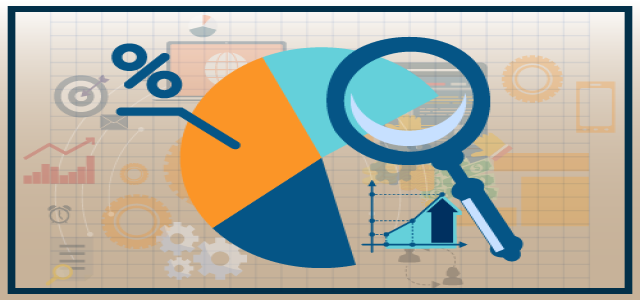
The digital twin market is expected to observe exponential growth by 2027, driven by soaring product demand in diverse applications across the globe.
A digital twin is a software representation of a real-world object or system and is considered immensely beneficial in varied settings. The technology has gained substantial popularity worldwide owing to its increasing adoption in different industries. Recently, companies have been focusing on product development and innovation, which has positively influenced market dynamics worldwide.
For instance, in June 2021, Cupix, a leading software firm in the 3D digital twin sphere, introduced CupixWorks 2.0, a major update to its CupixWorks platform. CupixWorks 2.0 is an advanced 3D digital twin platform that enables general contractors, project managers, and building owners, to capture the site and manage it remotely using 3D spatial contexts through life-like 3D navigation.
The platform allows users to go through rooms, levels, and areas, with the same context in the architectural structure. The new update brought several product enhancements like automated 3D spatial information extraction as well as editing tools, which offer extensive BIM data support, 3D spatial intelligence-based site management, secure collaboration, and reliable data access controls.
Request sample copy of this report @ https://www.decresearch.com/request-sample/detail/2196
Furthermore, industry players have been adopting several strategic initiatives to improve their market standing, thereby fostering business outlook. To cite an instance, in July 2021, Lacuna Technologies, a Silicon Valley firm that develops and manages open-source digital tools to help cities formulate and enforce transportation policies, announced that it had raised USD 16 million in its Series A funding round. The company plans on directing the capital towards expanding its presence in new markets and building applications to be placed over digital twins.
The digital twin market has been segmented in terms of application, end use, and region. With respect to end use, the market has further been segregated into healthcare, aerospace and defense, manufacturing, energy and utility, automotive, retail and consumer goods, infrastructure buildings, and others.
The healthcare sub-segment is calculated to grow at a staggering CAGR of over 35% through the analysis time period to amass a sizable revenue by 2027. Surging digitalization across healthcare institutions is likely to contribute to segmental growth over the following years.
The digital twin market from the energy and utility sub-segment is estimated to witness significant growth at a CAGR of approximately 30% through the forecast timeframe. Growing focus on improving various industrial processes across the energy sector is set to promote segmental adoption in the forthcoming years.
Make Inquiry about this report @ https://www.decresearch.com/inquiry-before-buying/2196
The infrastructure buildings sub-segment is slated to amass profitable gains by 2027, progressing at above 30% CAGR through the projected timeline. Rising emphasis on the construction of smart buildings is set to bolster segmental demand in the future.
Based on region, LAMEA accounted for over 10% of the digital twin market in 2020 and is anticipated to expand at a notable pace over 2021-2027. Prevalent implementation of Industry 4.0 across the region is speculated to support industry growth in the coming years.
© 2025 groundalerts.com. All Rights Reserved.